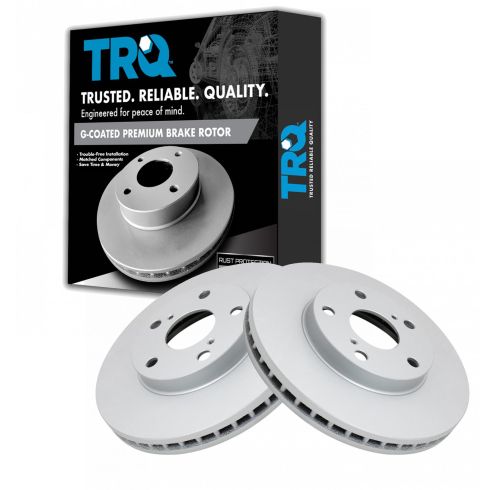1ABFS03976-Toyota Lexus Front Driver & Passenger Side 2 Piece Brake Rotor Set TRQ BRA77705

Replaces
1995 Lexus ES300 Front Driver & Passenger Side 2 Piece Brake Rotor Set TRQ BRA77705

Product Reviews
Loading reviews
There are no reviews for this item.
Customer Q&A
No questions have been asked about this item.
Lexus is a registered trademark of Toyota Motor Corporation. 1A Auto is not affiliated with or sponsored by Lexus or Toyota Motor Corporation.
See all trademarks.










